
This is your website preview.
Currently it only shows your basic business info. Start adding relevant business details such as description, images and products or services to gain your customers attention by using Boost 360 android app / iOS App / web portal.
Manufacturing test

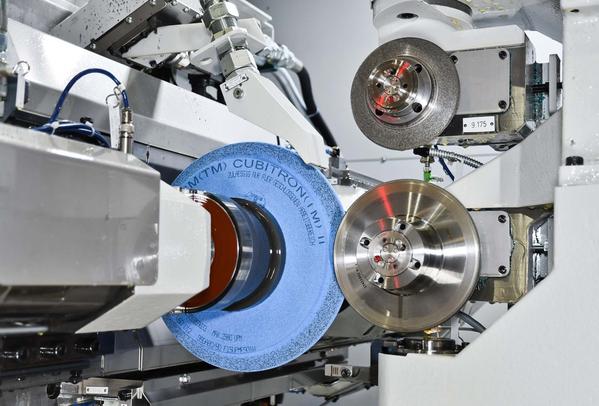
Camshaft Grinding and Polishing
VIEW DETAILS
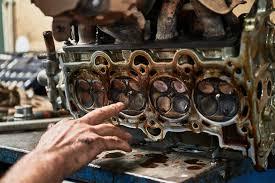
Complete Engine Reconditioning
VIEW DETAILS
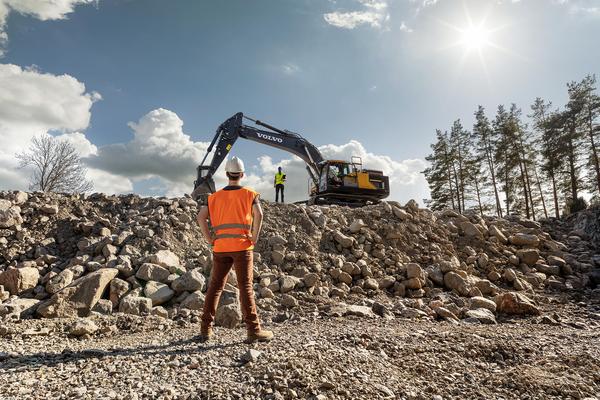
Complete Service of Excavator Machine
VIEW DETAILS
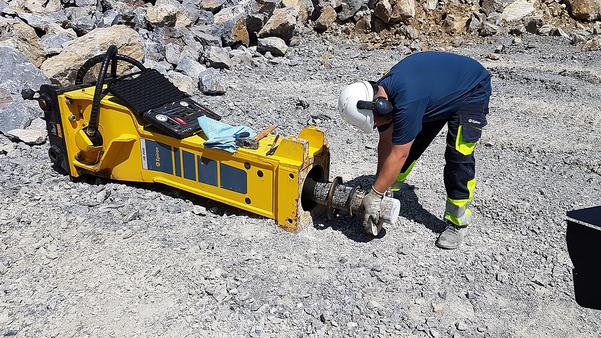
Hydraulic Rock Breaker Repair Service
VIEW DETAILS
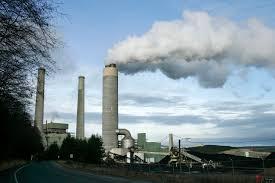
Reclamation of Power Plant Machine Com
VIEW DETAILS
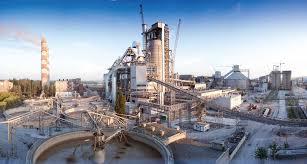
Reclamation of Cement Plant Equipment
VIEW DETAILS
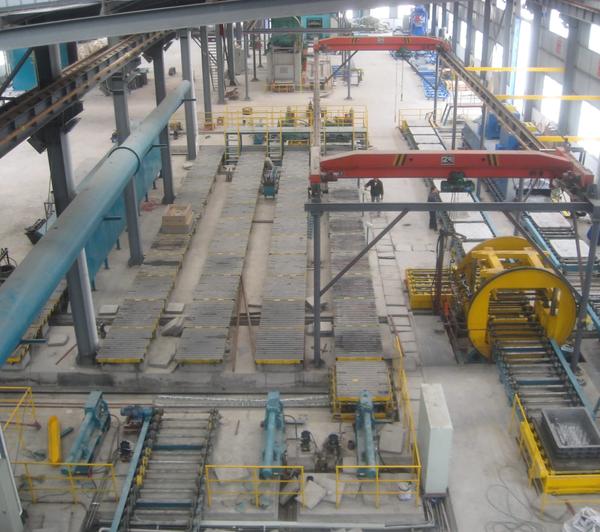
Reclamation of Industrial Equipment
VIEW DETAILS
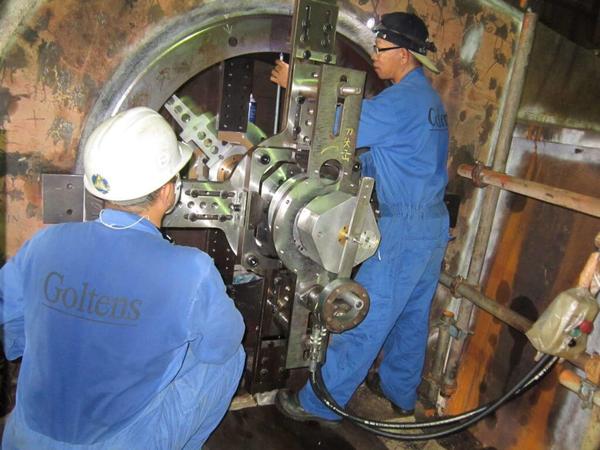
In Situ Line Boring Solution
VIEW DETAILS
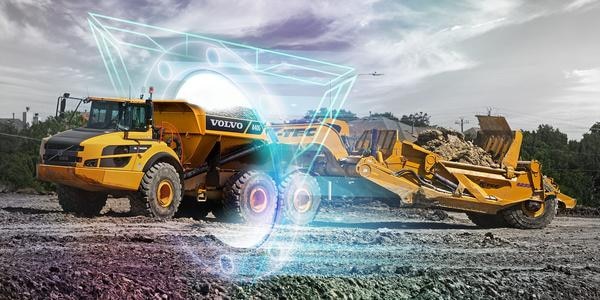
Reclamation of Earth Moving Machine
VIEW DETAILS
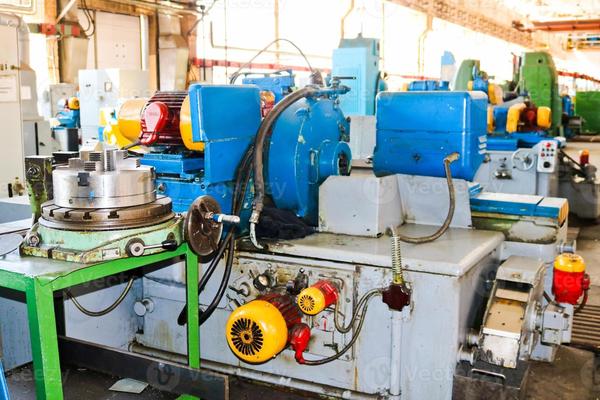
Manufacturing of Heavy Machine Spares
VIEW DETAILS
